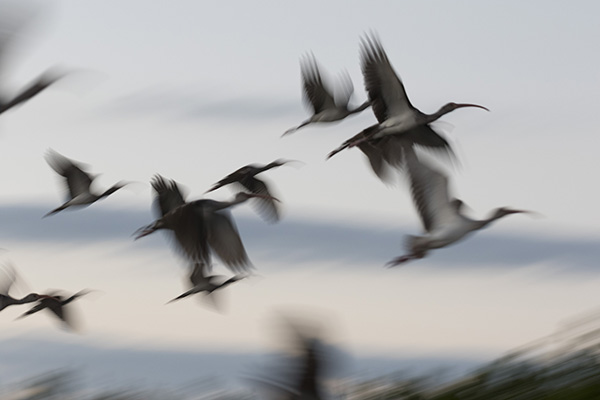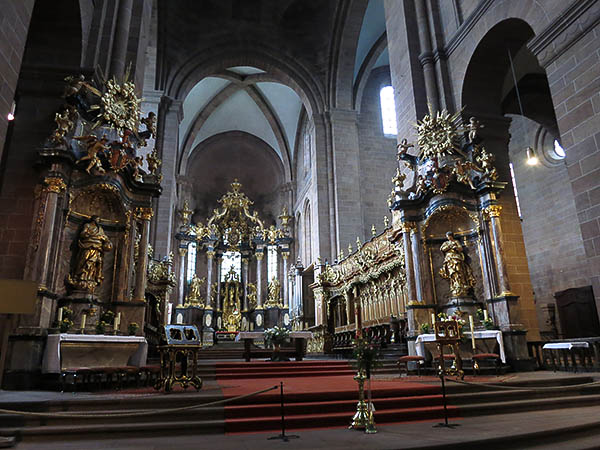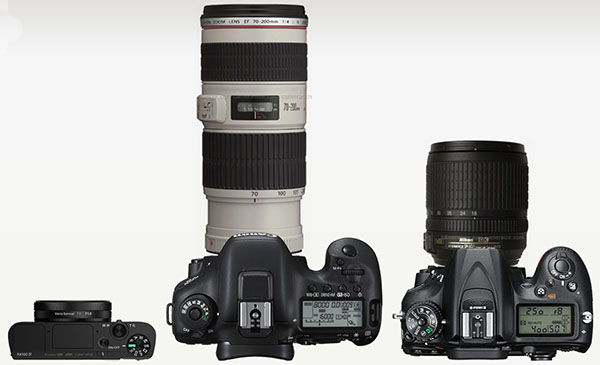Cotton's Guide to Camera Shopping, 2016
Page 6 of 6. Version 1.0, ©2016 by Dale Cotton, all rights reserved.
How many megapixels do I need?
It would be hard to find a digital camera with fewer than 12 MP. Expensive options are available up to 50 MP. Most people either only use photos to share online or at most occasionally make prints no bigger than the 8 x 10 inch size supported by a budget home inkjet printer. In this case even the 8 MPs routinely provided by a smartphone camera is plenty. 12 MP permits making a higher quality small print or cropping away unwanted portions of an image in software.
Anything over 12 MP makes little sense other than for making large prints (plus some specialized uses, such as billboards). 16 MP is fine for prints up to 12 x 18 inches and can often be stretched further. 24 MP is fine for prints up to 16 x 24 inches, and so forth. Each increase in MP, when printed at a correspondingly large size, puts greater stress on lens quality and on shooting steadiness.
How much dynamic range and ISO do I need?
Megapixels are not the only sensor characteristic of importance. Dynamic range is the range from darkest to brightest lighting in the same scene that a sensor can record. Dynamic range is most commonly stressed when your subject is in shadow while other parts of the scene are brightly lit. In the early days of film photographers routinely followed the rule of having the sun behind them, therefore shining directly on the subject, or of using flash when indoors. It's when we move away from this safe but unbeautiful approach that dynamic range comes into play.
Currently, all camera sensors offer a medium amount of dynamic range, while cameras containing a Sony Exmor sensor offer significantly more DR.
ISO is the common jargon for the camera's ability to shoot in low light, also known as its sensitivity. Any pixel that does not receive a minimum amount of light during the exposure of an image is likely to show up as a point of false colour, called noise. Even in bright daylight a significant fraction of pixels are noisy, but they are also hard to see because the false colour pixels tend to be overwhelmed by the true-colour pixels. As light levels drop, either a correspondingly longer exposure must be used, or the brightness of each pixel must be artificially boosted, and in addition ever fewer pixels receive light. Unfortunately, boosting pixel brightness brightens the false colours just as much as the true colours. A form of processing known as noise reduction can and usually is applied to an ISO-boosted picture, but this technique has limited success at distinguishing false from true colours with less than wonderful results.
All digital cameras now far exceed film emulsions in ISO/sensitivity. 800-1200 ISO was the practical limit for film, while digital cameras routinely handle 1600 ISO with little loss in image quality, and many have little problem at 3200 or even 6400 ISO. However, even higher ISOs are needed to record in very low light without resorting to exposure times too long for hand-held shooting, such as outdoor twilight or indoor restaurant/bar/pub and concert hall lighting. ISO/sensitivity quality increases with an increase in sensor size multiplied by the efficiency of the sensor system. So a camera with a full frame Exmor sensor will out-perform a camera with an APS-C Exmor sensor, while that same APS-C Exmor sensor may well out-perform a camera with a non-Exmor full frame sensor.
Use-case recommendations
Sports and Wildlife. Canon 7DII is the tool to beat. Couple that with the Canon 24-70 f/2.8 II zoom for fairly close distance work. Plus the Canon 70-200 f/2.8 II and the Sigma 120-300 f/2.8 for greater reach. These are not small lenses. F/4 versions, such as the Canon 70-200 f/4 shown above, sacrifice a bit of light-gathering ability in favour of lower weight.
Michael Murphy adds: The Sigma 150-600 Contemporary, is very affordable, between $750 and $1,000. The Canon 100-400 II, at $1,800 to $2,000: excellent, with the Canon 1.4x III extender (teleconverter). The Nikon 200-500 5.6, at $1,400. Good, although some report less than satisfactory results with a cropped (APS-C) sensor.

Canon 7D Mark II + Sigma 120-300mm. © Michael Murphy, 2014. All rights reserved.
Landscape. The Nikon 24 MP D7200 would certainly be an excellent choice. The D7200's APS-C sensor gives you generous DOF without going past f/8. FF means entering the diffraction softness territory of f/11 or f/16, while at the same time requiring you to up your ISO or lower your shutter speed to compensate. Use prime lenses to avoid soft corners. If you lean strongly toward wide angle shooting, you may need to opt instead for a FF choice such as the 24 MP D750. Nikon gets the most out of Exmor sensors, and Exmor sensors give you the extra dynamic range you need for backlit and sidelit scenes. Incidentally, 24 MP is fine for prints up to 16 x 24 inches. Higher megapixel counts require correspondingly more exacting technique, and a tripod becomes mandatory.

Canon S100 at 800 ISO. © Rashmi Nathwani, 2013. All rights reserved.
Travel. Either the RX100M3 or RX100M4 would be an excellent choice providing only you don't need telephoto reach. If you do, I'd probably recommend you go for one of the Olympus EM-5 or EM-10 models plus whatever lens fits your needs. This is based on the assumption that you're willing to trade a bit of image quality for greater portability. Few people do more than post travel shots on the web and/or create a Blurb photo book. To max out on image quality while still keeping weight and bulk low, I'd recommend the original Sony A7, plus it's standard kit lens, the Sony 28-70. If telephoto reach is a requirement, as in the case of a safari, the Canon SL1 plus the 18-55 and 55-250 zooms looks to be a good compromise between weight and telephoto. Those two lenses actually cover the range from 28 to 375 mm in FF terms. At the other extreme the Canon S120 (or earlier models, like the S100 illustrated above) can get the job done just fine while going virtually unnoticed in your pocket between shots.
Street/Candids/Snapshots. RX100 series as previously explained.
Portraiture. Not an area I have any competence in. So far as I know, too much depends on which camera system works best with your exact mix of artifical lighting options to make a general recommendation.
Guess that's a wrap. DPReview.com and Camera Labs are good places to research camera purchases. See also my tutorial on using DxOMark to investigate image quality differences between cameras.
